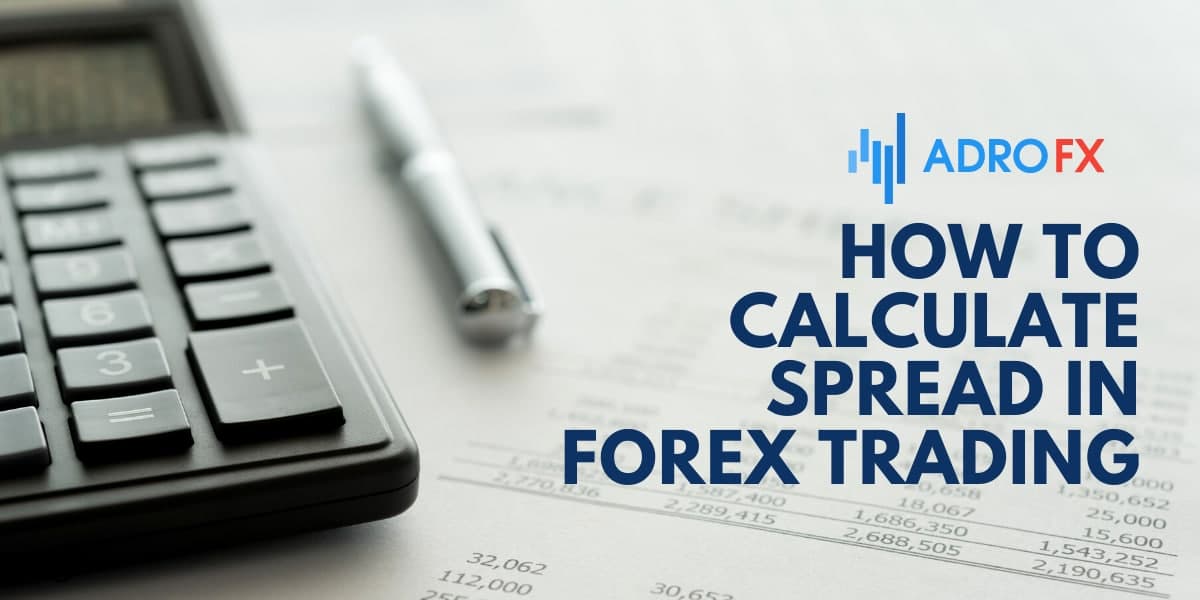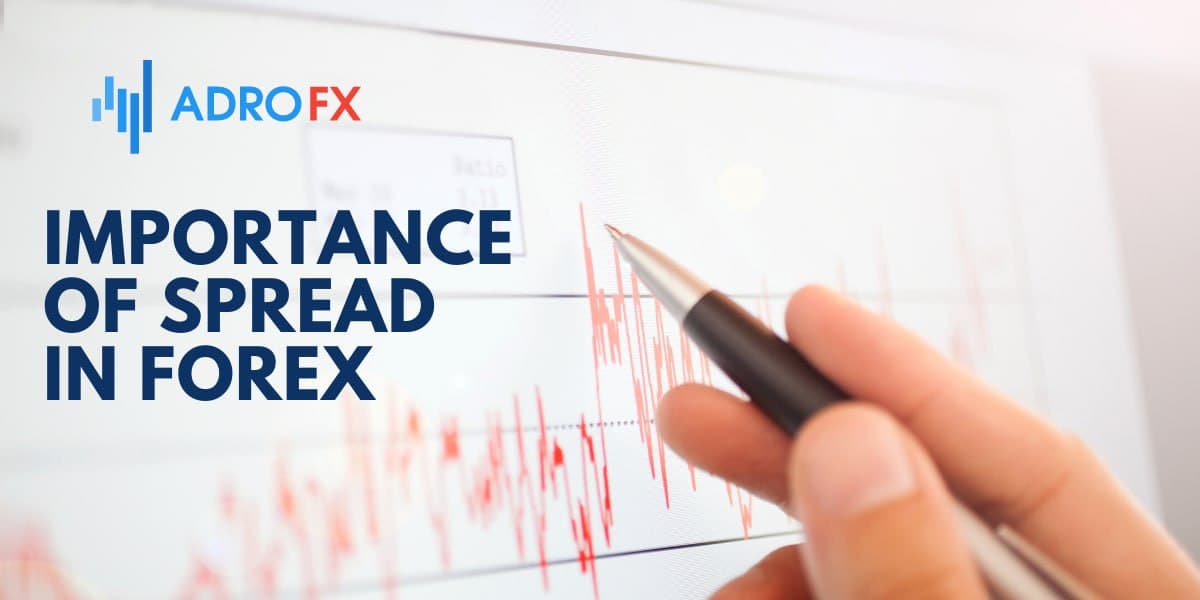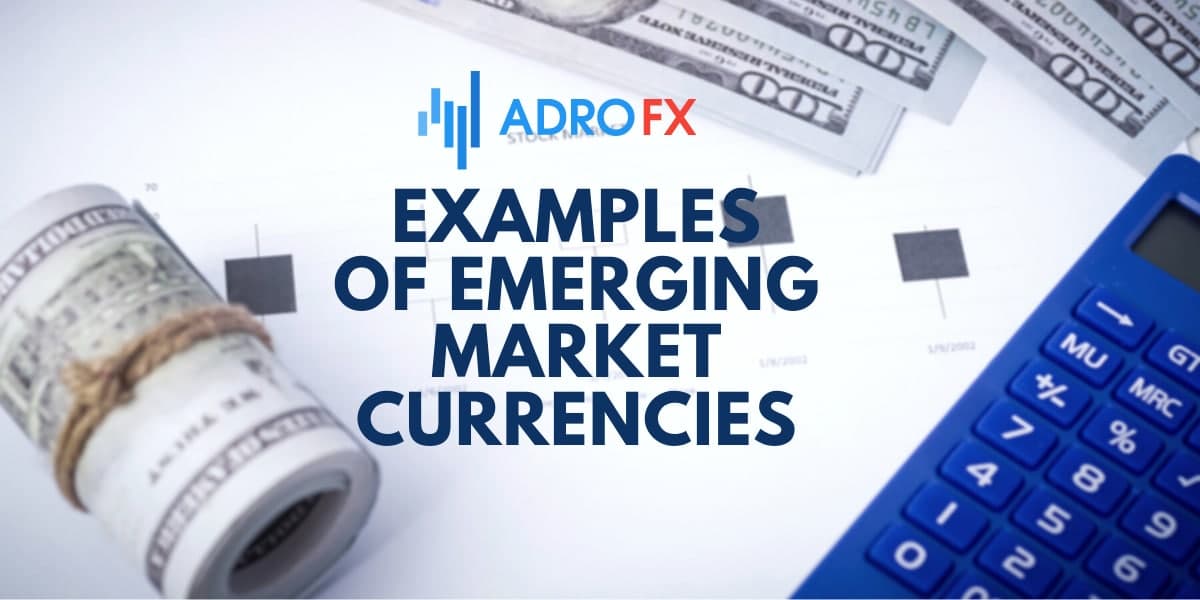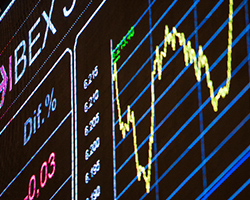How to Calculate Spread in Forex Trading

The foreign exchange market has many members, including forex brokers, retail investors, and governments. With the daily trade volume in the forex market exceeding $5 trillion, it is the most liquid one, creating many trading opportunities along the way. The currency pairs and their exchange rates, and the forex spread are all affected by this daily trading activity.
What is a spread on an exchange?
The difference between the bid (sell) price and the ask (buy) price of a currency pair is known as the spread. Searching for what is market spread will show that there are always two given prices, the bid price, and the ask price. In a currency pair, the first currency is called the base, and the second currency is called the quote or counter. For example, the most traded currency pair is the EUR/USD, where the Euro is the base, and the US dollar is the quote or counter. The bid price is the value that the broker is willing to buy the base currency in exchange for the counter. The ask price is the one a broker is selling it. How is spread calculated when trading in the forex market is one question traders must know how to answer before buying and selling currency pairs.
Trading in the forex market means trading one currency in exchange for another but always at a present exchange rate. The currency price reflects the base currency in the value of quote or counter currency. Trading in forex, the first thing to do when buying or selling currency pairs is to understand how to calculate bid-ask prices. All traders have to do is subtract the bid price from the ask price.
How to calculate bid-ask prices?
It is as simple as this bid - ask = spread
Many brokers are happy to have high-frequency traders that trade every day because brokers earn profits from the spread. Market makers increase the mark-up from the interbank rate, which equals their income. ECN brokers provide traders with raw spreads sourced from liquidity providers and charge a volume-based commission.
How does spread work
When trading currencies, traders calculate the cost of the spread. It is the difference between a forex broker's selling and buying price when exchanging or trading currencies. Depending on the time a trader places an order, the broker's conditions, economic conditions, and the spread can differ. A forex trader needs to understand spreads in the forex market because brokers can manipulate them on their trading platforms and show different prices at any moment, depending on their risk strategies. It is one reason why traders must choose their broker carefully. Always trade with a trustworthy broker that does not interfere in currency quotes.
Importance of spread in forex

While the raw spread starts as low as 0.0 pips, it depends on the currency pair. Many show one between 1.0 pips and 5.0 pips, which many consider a normal spread in forex. As market conditions can change at any moment, the difference between the bid and ask can also vary. Traders must calculate the cost of spread to know the expected profitability of a trade before buying or selling in the forex market.
Using the foreign exchange spread calculator, traders can determine the pip value based on a specific currency pair, also known as the currency exchange spread. Traders must understand it because it can be essential when managing risk. When trading currencies, traders must know how to calculate bid-ask prices before placing an order. Besides calculating spread cost forex rates, calculating the spread percentage is also simple. Just take the spread and divide it by the price.
Which forex pairs usually have the biggest spread?
A high spread means there is a large difference between the bid and the ask price. In a country that is processing economic advancement, fiat money is called an emerging market currency. Emerging market currency pairs have a high spread compared to major currency pairs. A higher difference between the bid and ask price in the forex market usually indicates high volatility or low liquidity. Spreads can widen before or during important world news events or economic data that impact the market. Understanding the meaning of spread in forex trading allows advanced traders to create profitable strategies for high-spread currency pairs.
Examples of emerging market currencies:

- The USD/MXN, the US Dollar quoted in the Mexican Peso, has high volatility and high trading volumes. Mexico exports around 80% of its products to the United States (vehicles, electrical machinery, computers).
- The USD/RUB, the US Dollar quoted in the Russian Ruble, has high volatility on the Forex market. Russia is rich in natural resources, especially in crude oil and natural gas, making it a commodity currency. It is also a member of BRICS.
- The USD/INR, the US Dollar quoted in the Indian Rupee, has enjoyed an increase in demand, especially from international traders. India is the second-most populous country and the fifth-largest economy in the world. Being another BRICS member, trading volumes are likely to increase this decade.
- The USD/CNH, the US Dollar quoted in the Chinese Yuan or Renminbi, is another BRICS currency with one of the fastest growth rates. It also slowly displaces trade transactions with China away from the US Dollar. The most populous country globally, The Chinese economy is expected to become the largest one as soon as this decade. The trading partners of China are dependent on China's economy. For example, around 20% of Australia's exports go to China. The AUD/USD is depending on the Chinese economy.
- The USD/ZAR, the US Dollar quoted in the South African Rand, is another BRICS currency with high volatility. The South Africa economy has had ups and downs. It was not very successful in accomplishing consistent development because of the corruption and scandals from state-owned enterprises. Despite its struggles, it remains one of the most traded emerging market currencies.
Versus the high spread, a low one means there is a small difference between the bid and the ask price. A low spread generally points to low volatility and high liquidity. Some traders prefer to pause trading during high-spread events and continue trading when it has narrowed. They rely on how to calculate cost of spread tools to identify the best trading times for their strategy.









